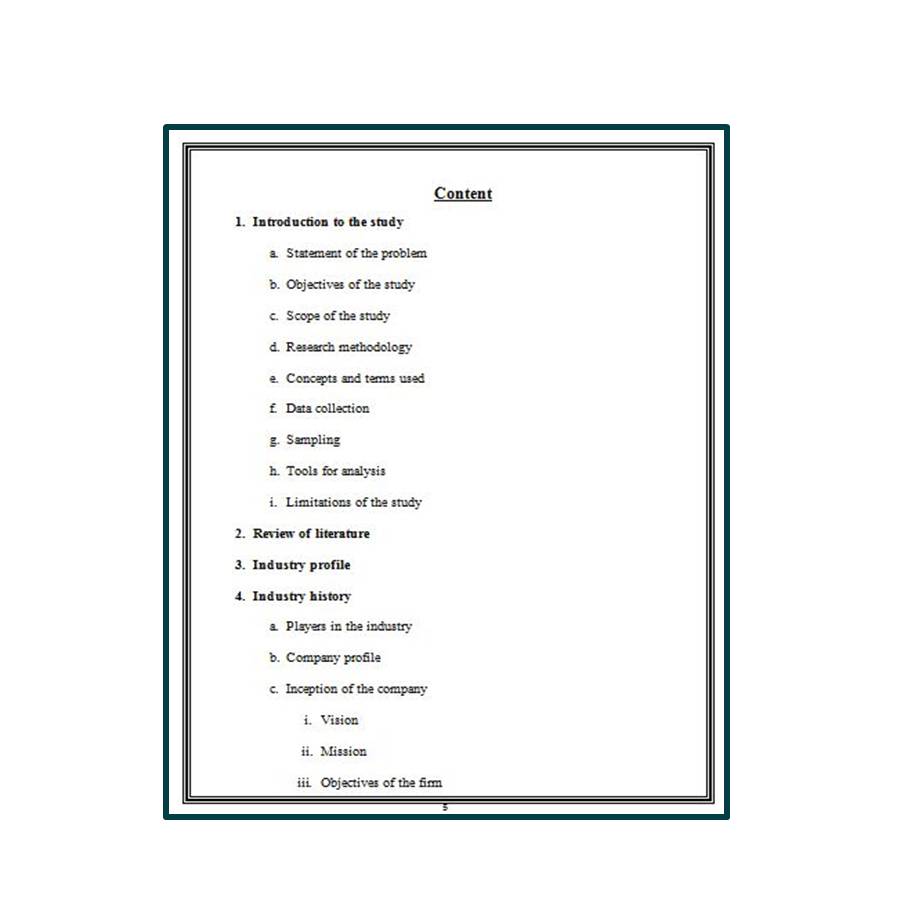Description
Reason for Absence of Employees (Final Project Report)
| After purchase, For products with delivery between X to Y days only. | |
|---|---|
| Create a ticket | SUPPORT / TICKET |
Page Length : 60
Executive Summary
It refers to workers absence from their regular task when he is normally schedule to work.
The according to Webster’s dictionary
“Absenteeism is the practice or habit of being an absentee and an absentee is one who habitually stays away from work.”
According to Labor Bureau of Shimla: Absenteeism is defined as the total man shifts lost because of absence as percentage of total number of man shifts scheduled to work
In other words, it signifies the absence of an employee from work when he is scheduled to be at work. Any employee may stay away from work if he has taken leave to which he is entitled or on ground of sickness or some accident or without any previous sanction of leave. Thus absence may be authorized or unauthorized, willful or caused by circumstances beyond one’s control. Maybe even worse than absenteeism, it is obvious that people such as malingerers and those unwilling to play their part in the workplace can also have a decidedly negative impact. Such team members need individual attention from front line supervisors and management. Indeed, as prevention is better than cure, where such a problem occurs, it is always important to review recruitment procedures to identify how such individuals came to be employed in the first place. For any business owner or manager, to cure excessive absenteeism, it is essential to find and then eliminate the causes of discontent among team members. If they find their supervisor or job unpleasant -really unpleasant – they look for legitimate excuses to stay home and find them with things such as upset stomachs or splitting headaches. Any effective absentee control program has to locate the causes of discontent and modify those causes or eliminate them entirely. In other words, if we deal with the real reasons team members stay home it can become unnecessary for them to stay away.
Any investigation into absenteeism needs to look at the real reasons for it. Sometimes team members call in sick when they really do not want to go to work. They would not call you up and say, “I’m not coming in today because my supervisor abuses me. Or, “I’m not coming in today because my chair is uncomfortable. Or, “I’m not coming in today because the bathrooms are so filthy; it makes Mesick to walk into them.” There are a few essential questions to consider at the outset if you want to make a measurable improvement to your absenteeism figures.
Why is your present absenteeism policy ineffective?
Where and when is excessive absenteeism occurring? In many cases, under – trained supervisors could be a contributing factor.
What are the real causes for absences?
It is commonly expected that low pay, poor benefits and high workloads will be the major causes.
However, in numerous employee surveys absenteeism generally has been identified as a symptom of low job satisfaction, sub-standard working conditions and Consistent negative and unfair treatment received by first -line supervisors
How much formal training have your supervisors received on absenteeism? Containment and reduction. If your answer is none or very little, may be you have found the solution. As with every other element within your organization, you cannot ask a person to do a job he or she has never been trained to do.
Many human resources specialists have found that repetitive, boring jobs coupled with uncaring supervisors and/or physically unpleasant workplaces are likely to lead workers to make up excuses for not coming to work.
If your team members perceive that your company is indifferent to their needs, they are less likely to be motivated, or even to clock on at all.
One way to determine the causes of absenteeism is to question your supervisors about excessive absenteeism, including what causes it and how to reduce it.
Of course, if your supervisors have made no efforts to get to know the team members in their respective departments, they may not be able to provide reasons.
Content
- Introduction to the study
- Statement of the problem
- Objectives of the study
- Scope of the study
- Research methodology
- Concepts and terms used
- Data collection
- Sampling
- Tools for analysis
- Limitations of the study
- Review of literature
- Industry profile
- Industry history
- Players in the industry
- Company profile
- Inception of the company
- Vision
- Mission
- Objectives of the firm
- Manufacturing unit
- ISO qualification
- Employees
- Advertisement
- Hr details
- Hr vision
- Functions performed by hr department
- History of the company
- Advertisement
- Future plan of the organization in abroad
- Type of organization
- Board of directors
- Business operations
- Product profile
- Future prospects and growth
- Market share
- Major competitors
- Findings
- Suggestions
- Conclusion
- Bibliography
- Appendix questionnaire
| Services Offered |
| I only accept those projects that I can do 100% before the deadline.
Why you choose me? |













Reviews
There are no reviews yet